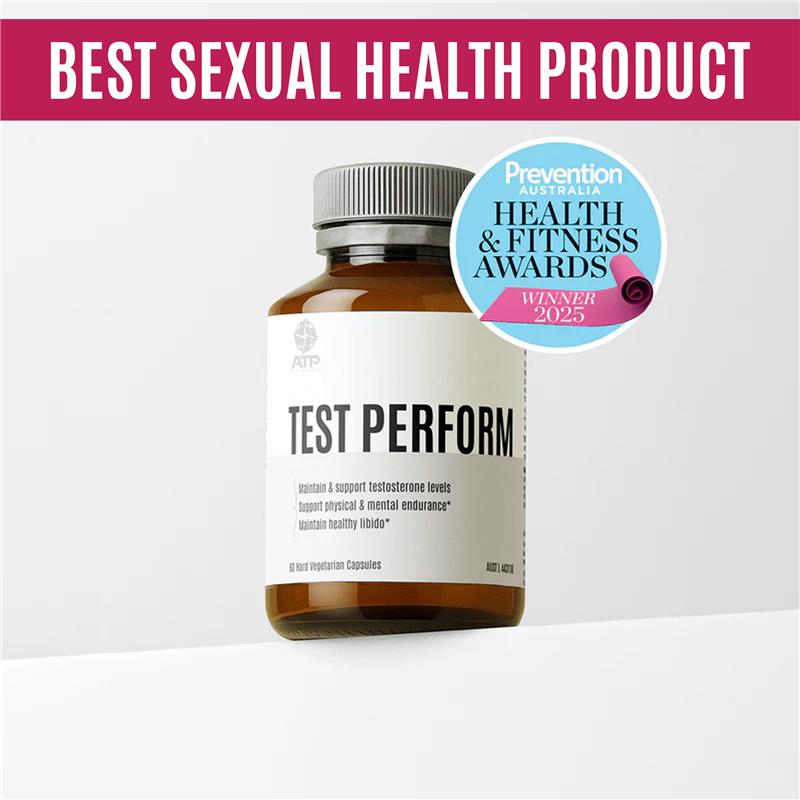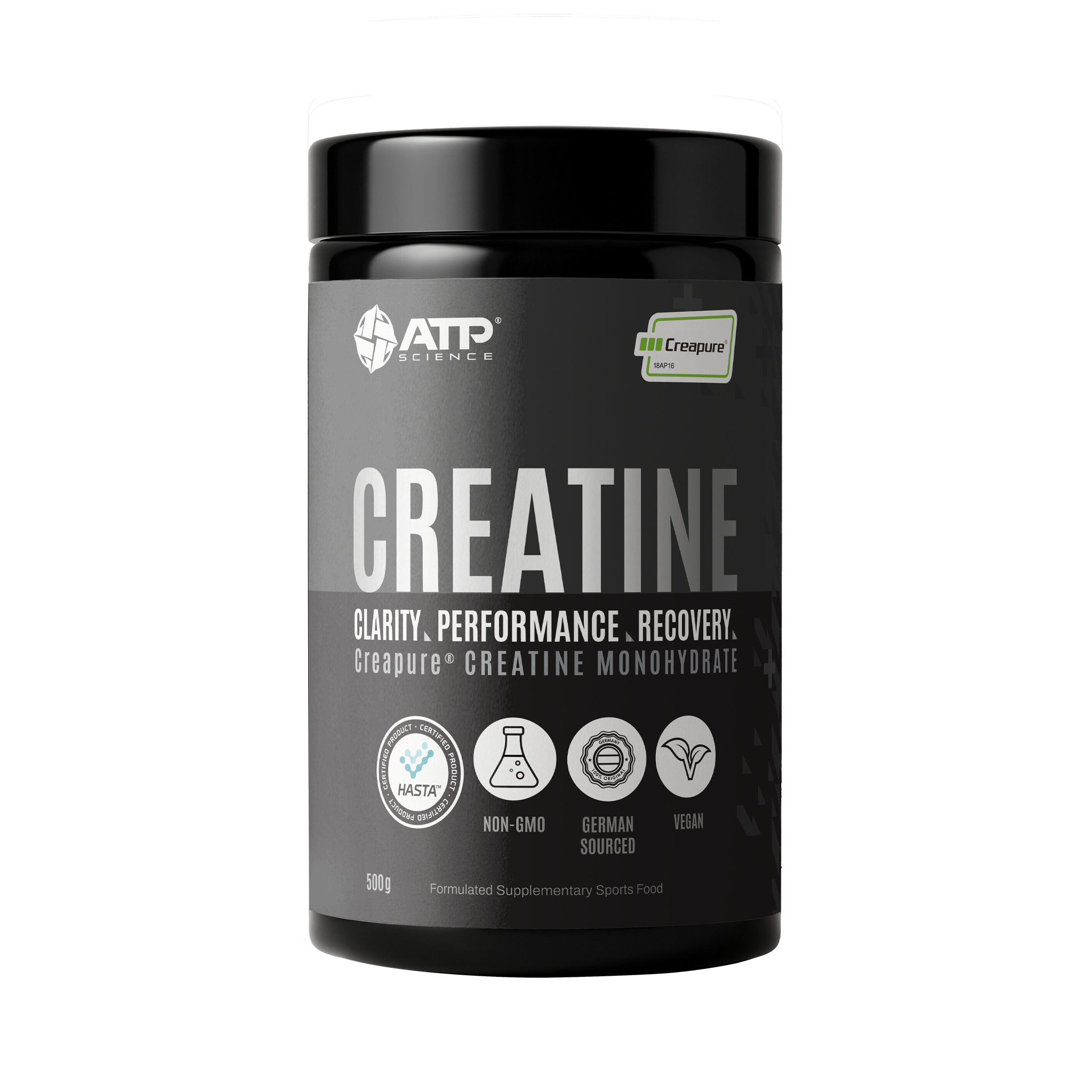Alcohol has been considered in the past '4th Macro' and that is because the body does not inherently recognise this as a nutritional macronutrient like Fat, Carbohydrates or protein. It is toxic to the body and considered a poison as the body exerts a lot of resources to detoxify its input. The reason that it is considered a 4th Macronutrient is that it carries the second largest Calorific value after Fat!
Let’s break down where Alcohol fits in Calorically Per Gram of Intake:
1 Gram of Protein = 4 calories.
1 Gram of Carbohydrates = 4 Calories.
1 Gram of Alcohol = 7 Calories!
1 Gram of Fat = 9 Calories.
Yep, you heard right Ethanol still contributes a calorific content to the body… however, it interacts differently than anticipated which we will explain below in more detail. But for now, keep in mind that your zero carb straight alcoholic beverages still carry a calorific count…
Metabolic Process of Alcohol, how do we 'metabolise' this 4th macro?
Interestingly there is a lengthy but fast-acting process to Alcohol metabolism. I will attempt to break this down the best way that will make chronological sense:1. Alcohol goes in...
2. 2-8 percent gets lost in sweat and urine, taking a toilet break after carving it up on the dance floor. And breath, hence breath testing for blood alcohol levels
3. The other 92-98% gets metabolised and converted into what is known as 'Acetaldehyde'. A close relative of Formaldehyde interestingly. It's a poison to the body and hence recognised as the 4th macro as it contributes calorific but non-nutritional values do is recognised by the body as a poison.
4. This acetaldehyde is then broken down to acetyl radicals/ acetic acid radicals.
5. From there, these acetic acid radicals bind with co-enzyme A, which forms the bond known as Acetyl-CoA, from which this is accepted into the Kreb cycle of the cells (energy cycle) and converted into its final form of carbon dioxide and water.
Liver detoxification of Alcohol
During the process above of converting alcohol to acetaldehyde, there is a prior process conducted in most of the entirety by the stomach and liver called "alcohol dehydrogenase", this is the process of removing the hydrogen atom from ethanol/alcohol molecule. Cool hey! Alcohol dehydrogenase is an enzyme and a busy one over of the silly season, the enzyme cytochrome p4502E1 resides in the liver where most of the work is done, especially in heavy drinkers. Also, the hydrogen removed in the alcohol dehydrogenase process is what is converted to Acetaldehyde by the coenzyme NAD. Most of this entire process happens in the liver! Hence why long term drinkers often develop liver conditions.Microbiome interaction - what bugs become intoxicated with victory!?
It's been estimated that according to the world health organisation, approximately 2 billion people globally consume an alcoholic beverage a day. With this, more than 70 million people having been diagnosed with alcoholism. Globally it is the 5th leading cause of premature death and disability globally, and also one of the most preventable causes of death and disability. In 2006 in just the united stated alone, alcohol-related injury, disability, and death was estimated by the center of disease control to cost the US $224 billion dollars! (1) So why is it that we consume and at what degree does alcohol harm us? And this doesn’t cover the indirect effects in society and families and those that are affected by others with alcohol problems.Research done in both humans and rats showed staggering results for those both with short term and long term exposure to alcohol. In other words, binge drinking, while still not great, didn't have as much of an impact on the microbiome but both affected the liver and detoxification factors required, depleting many vital nutrients. But for now, let's look at the gut!
To help put this in perspective a little, the intestinal 'microbiome' is the entirety of all the microbes in the gastrointestinal tract of the human body. The total count is in the tens of trillions and within that, an approximating 1000 species that we know of right now. The majority of these bugs belong to what is called the 'phyla' being firmicutes and Bacteroidetes. Recognise those words? You will have heard Matt talk about them often! There are over 3 million genes in the metagenome, this is the collective of genes belonging to the microbes. On a scale, this equates to 150 microbe genes to 1 human gene, and if that doesn't make you feel like a vehicle of transport I'm not sure what will!?
Alcohol - What bugs drink it up?
Above we talked about the microbiome and the Phyla. Keep those two words in mind, it will help the below make more sense...Dysbiosis - disruption of balance, varying away from homeostasis, in the gut has been linked with several disease states. (2) which bugs are the ones that thrive in a dysbiotic state?
Here's the juicy stuff, long term exposure increases 'Firmicutes'. What does that mean?
- Increased Proteobacteria.
- Fusobacteria.
- Prevotellacae.
- Enterobacteriaceae.
- Veillonellaceae.
Now, I know you're looking at that thinking, so what I have absolutely no idea how to pronounce those words, let alone relate them to my gut. But, upon breaking it down you will realise what they actually are. These are the bad guys, Helicobactors, salmonella, E-coli, Klebsiela etc. While at the same time as these thrive, Bacteroidetes were shown to decrease, these are the good guys that struggle to keep things in balance.
What is a reasonable limit with low impact
Well, it's still going to have an impact and make you feel crappy the next day in most cases. But the standard 1 glass here or there appears to have a lower impact than chronic consumption which is an obvious given. However, thinking because you are opting for the lower carb options won't cut it now that you know how alcohol works in the body. Interestingly, polyphenols from wine were shown to increase bacteroidetes, however, this was reduced in effect when paired with ethanol. So, the wine itself isn't the best but rather the polyphenols are on their own, they are the true modbiotic compounds nature has to maintain the balance. Ensuring your diet is rich in these is going to be your best bet for looking after your microbiome and keeping those partying microbes in check.Take home message...
Drink responsibly, you have one body in this life. Look after it, it's fun to let your hair down every once in a while no doubt and we aren't trying to be the fun police. The reason we wrote this was to give a more informed choice for the future.Enjoy your holidays and Merry Christmas from all the team at ATP Science. What a year 2019 has been!


















